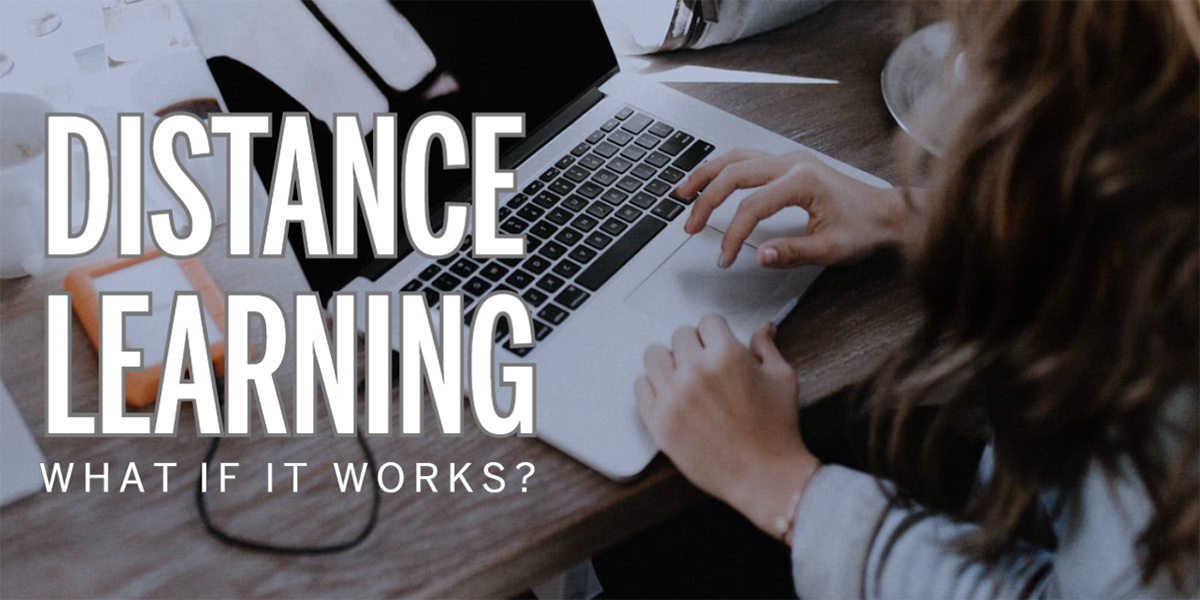This article was featured 3/16/2020 in the Union Leader’s opinion editorial section.
In response to the recent COVID-19 threat, the NH Department of Education and Manchester School District are implementing distance learning contingencies. They will allow instruction to continue without students physically attending classes. Many colleges and universities are already activating distance learning and it seems likely at this point that local school systems will follow suit.
These are positive and responsible actions to take. But it causes me to ask the question, “What if it works?”
What if students thrive? What if we find out that classrooms are complimentary but not essential? What if parents discover that their children can obtain an adequate (if not excellent) education from the safety and comfort of their own home.
We live in an Information Age in which the cost of information is quickly approaching zero. Need to clean out your lawn mower’s carburetor? There’s a YouTube video for that. Forgot how to solve a quadratic equation? It’s a quick Google search away. Want to take a 200-hour course to learn professional photography? It’s less than $100 on Udemy.
Yet, while the cost of learning just about anything you want is approaching zero, the real (inflation-adjusted) cost-per-student of education in Manchester has increased 24% over the past 11 years from $9,174 in 2009 to $13,564 in 2020. And we all know what has happened to secondary education costs. Why isn’t the cost of education following the cost of information?
My two youngest daughters have taken multiple classes through VLACS (Virtual Learning Academy Charter School). In every case, they finished their course weeks or months ahead of schedule. They loved the independence and flexibility. They thrived. It may seem counterintuitive, but the autonomy motivated them to finish the material sooner rather than later.
Multiple caveats are in order. First, online instruction will never and should never completely replace classroom instruction. Second, the younger a student is, the more they need teachers and classrooms. Third, not all students will thrive under a virtual model. But there is a sweet spot somewhere in there that can help students excel, provide families with flexibility, and reduce taxpayers’ costs.
Now, think about what this future may look like. Local instruction severely constrains resources and geography. Your child can only have the best teacher roughly within a 15 or 20-mile radius. With online instruction, your child can learn from the best teachers in the world. As demand increases, the quality and scope of these services will only improve.
I applaud Commissioner Frank Edelblut’s leadership and initiative during these times and commend Superintendent Goldhardt for starting this process. When and if the time comes for Manchester kids to embark on this distance learning experiment, it will be very interesting to see what happens if it actually works.

